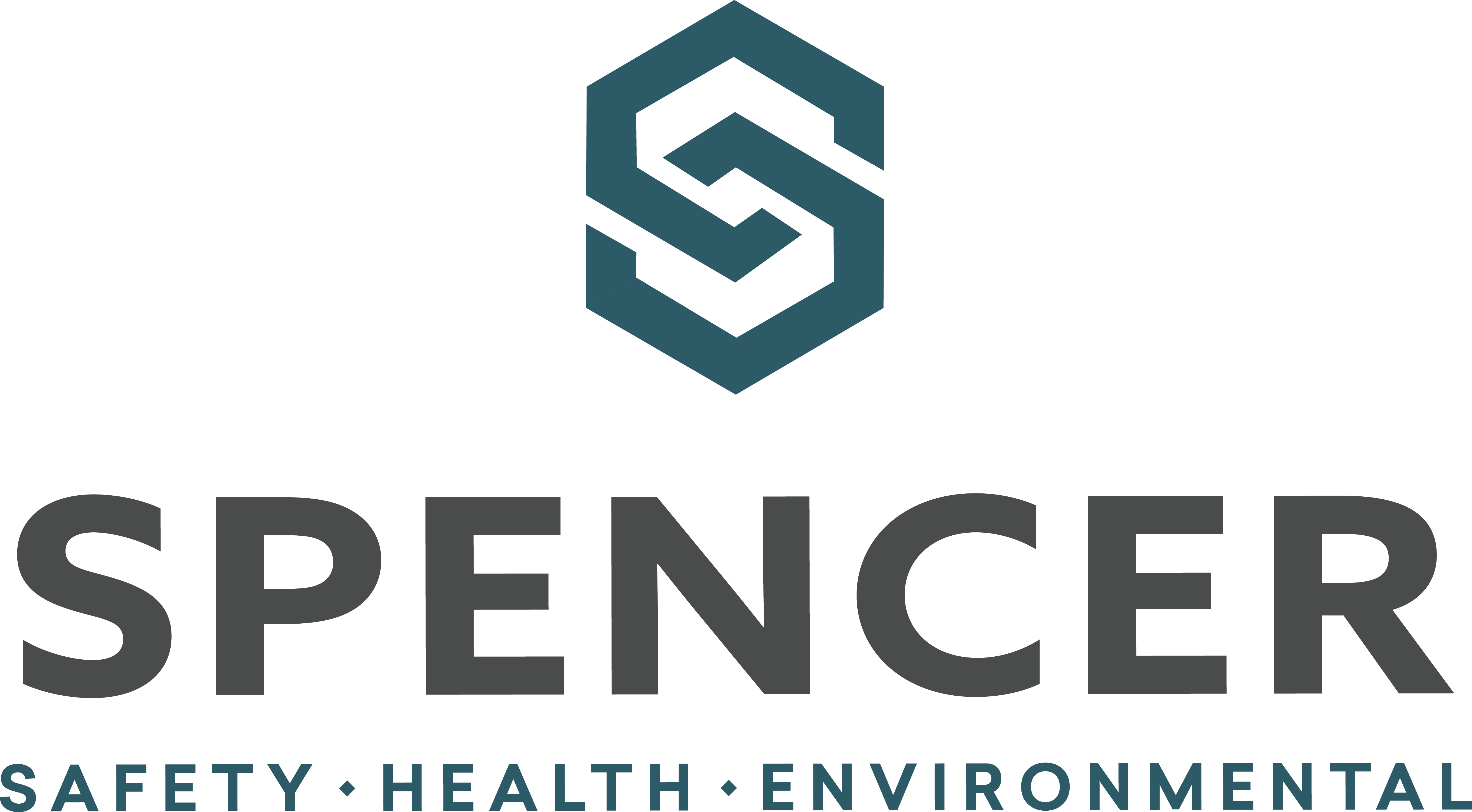Air pollution control is a cornerstone of effective environmental compliance for industrial, manufacturing, and commercial operations. Beyond meeting regulatory obligations, managing air emissions is essential for protecting worker health, reducing your facility’s environmental footprint, and supporting broader risk management goals.
Some of the earliest regulatory actions by the U.S. Environmental Protection Agency (EPA) originated under the Clean Air Act (CAA), which continues to be a key driver of air quality regulation. Air pollution can originate from many operational processes and is commonly emitted through point sources (e.g., stacks) or fugitive releases, which are often more difficult to control. The EPA’s AP-42 document provides a comprehensive resource outlining emission factors, sources, and control technologies to help facilities understand and manage emissions effectively.
Common Sources of Air Emissions Requiring Permitting and Controls:
- Manufacturing Processes: Coating, painting, chemical production, and related activities release volatile organic compounds (VOCs), hazardous air pollutants (HAPs), particulate matter (PM), and metals.
- Storage Tanks & Transfer Operations: The storage and movement of volatile liquids can generate emissions during filling, unloading, and through pressure/vapor releases.
- Material Handling Equipment: Crushers, conveyors, and similar equipment can release dust and particulates when not adequately controlled.
- Combustion Equipment: Boilers, furnaces, and generators produce NOx, SOx, CO, VOCs, HAPs, and PM.
- Emergency Power Systems: Backup generators, especially those fueled by diesel, contribute to total facility emissions.
- Fugitive Emissions: These originate from physical processes where control is infeasible—like bulk unloading—or from components such as valves, seals, flanges, and pumps.
Facilities are responsible for understanding the regulations that apply to their operations and establishing appropriate emission controls to meet regulatory thresholds. A critical first step is determining the facility’s potential to emit (PTE) based on the process’s maximum design rate and developing a mass balance. This supports the air permitting process, which can take up to 180 days for approval before authorization to operate is granted.
Key Air Compliance Requirements:
Under the Clean Air Act, enforced by the EPA and delegated state agencies, many facilities are required to:
- Obtain Air Permits (e.g., Title V, minor source, synthetic minor)
- Submit Annual Emission Inventories
- Maintain Monitoring and Recordkeeping Programs
- File Annual Compliance Certifications
- Submit Greenhouse Gas and Tier II Reports, where applicable
Failure to comply can result in substantial fines, operational delays, or legal consequences. Additionally, increasing community and investor scrutiny regarding environmental stewardship makes air quality compliance a growing business priority.
How Spencer-SHE Can Help
At Spencer-SHE, our team brings deep regulatory knowledge and technical expertise to help your facility confidently manage air emissions and remain in compliance. Our air compliance support services include:
- Emissions Source Identification: We evaluate your facility to identify all regulated sources, including point and fugitive emissions.
- Permit Application & Renewal Support: We navigate you through complex permitting processes for new, existing, or modified operations.
- Emissions Inventory Development: We assist in calculating actual and potential emissions using accepted regulatory methodologies.
- Ongoing Monitoring & Recordkeeping: We help implement practical systems to ensure compliant data collection, monitoring, and inspection readiness.
- Regulatory Reporting: We support timely and accurate submissions for Annual Emission Statements, Tier II, GHG reports, and others.
- Audit & Inspection Preparation: We ensure your facility is prepared for scheduled inspections and unannounced visits by maintaining defensible, up-to-date records.
Since 1980, Spencer-SHE has provided trusted guidance in Safety, Health, and Environmental (SHE) compliance. We are committed to walking alongside our clients throughout the air compliance journey—from documentation and program development to inspection readiness.
Need help navigating air compliance requirements?
Contact Spencer-SHE today to start building a cleaner, safer, and more compliant future for your operations.

